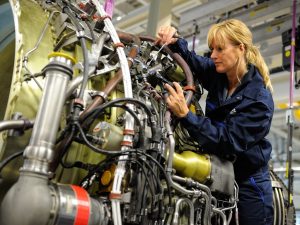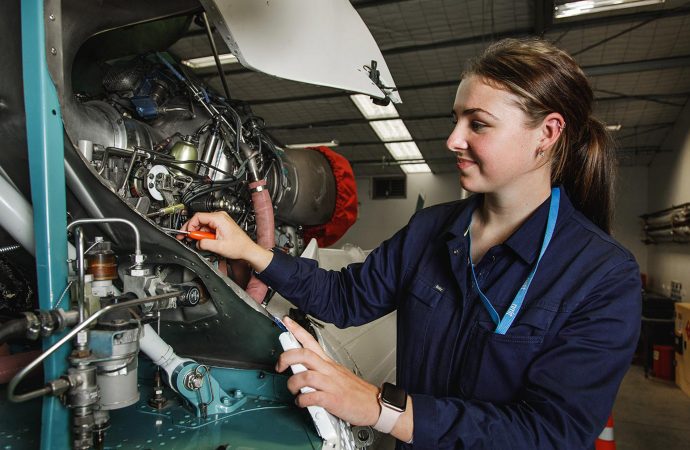1. Introduction: The 21st century marks a significant turning point in the landscape of female employment, with advancements observed in both the quantity and quality of opportunities available to women. Rise of Female Employment This article delves into the factors driving this transformative shift and its far-reaching implications. 2. Quantity of Female Employment: Rising Participation
1. Introduction:
The 21st century marks a significant turning point in the landscape of female employment, with advancements observed in both the quantity and quality of opportunities available to women. Rise of Female Employment This article delves into the factors driving this transformative shift and its far-reaching implications.
2. Quantity of Female Employment: Rising Participation Rates
Female participation in the workforce has seen a steady increase in the 21st century, with more women entering various sectors and industries traditionally dominated by men. This rise in quantity reflects a growing recognition of women’s capabilities and contributions to the economy.
3. Quality of Female Employment: Enhancing Opportunities and Empowerment

Image by: https://female-technician. jpg
Beyond sheer numbers, the quality of female employment has also improved significantly. Women are increasingly occupying positions of leadership and authority, breaking through glass ceilings and shattering stereotypes in traditionally male-dominated fields.
4. Economic Empowerment: Driving Growth and Prosperity
The rise of female employment in both quantity and quality has profound implications for economic growth and prosperity. Empowering women to participate fully in the workforce unleashes untapped potential, driving innovation, productivity, and competitiveness on a global scale.
5. Factors Driving Progress: Policies, Education, and Cultural Shifts
Several factors have contributed to the advancement of female employment in the 21st century. Proactive policies promoting gender equality, increased access to education and skills training, and shifting cultural norms towards gender inclusivity have all played pivotal roles.
6. Overcoming Challenges: Addressing Barriers to Equality
Despite progress, challenges persist in achieving full gender equality in the workforce. Persistent wage gaps, systemic biases, care giving responsibilities, and workplace discrimination continue to hinder women’s advancement and must be addressed through concerted efforts.
7. Intersectionality and Inclusivity: Ensuring Equal Opportunities for All

Image by: https://joint-research-centre. com
Efforts to advance female employment must be intersectional and inclusive, recognizing and addressing the unique barriers faced by women of different backgrounds, including race, ethnicity, age, disability, and sexual orientation.
8. Looking Ahead: Sustaining Momentum for Gender Equality
As we look to the future, sustaining momentum for gender equality in the workforce remains paramount. Continued investment in education, skills development, supportive policies, and cultural change is essential to realizing the full potential of female employment in the 21st century.
Key Points Summary Table:
| Key Point | Description |
|---|---|
| Introduction | The 21st century witnesses significant advancements in both the quantity and quality of female employment. |
| Quantity of Female Employment | More women are entering the workforce across various sectors and industries. |
| Quality of Female Employment | Women are occupying leadership positions and breaking through traditional gender roles in the workforce. |
| Economic Empowerment | Female employment drives economic growth, innovation, and competitiveness. |
| Factors Driving Progress | Proactive policies, education, and cultural shifts contribute to the advancement of female employment. |
| Overcoming Challenges | Persistent barriers such as wage gaps and workplace discrimination must be addressed to achieve full gender equality. |
| Intersectionality and Inclusivity | Efforts to advance female employment must be intersectional and inclusive, addressing unique barriers faced by diverse women. |
| Looking Ahead | Sustaining momentum for gender equality requires continued investment in education, policies, and cultural change. |
The 21st century heralds a new era of female employment characterized by progress in both quantity and quality. By addressing barriers, promoting inclusivity, and sustaining momentum for gender equality, societies can unlock the full potential of female talent and drive shared prosperity for all.
















